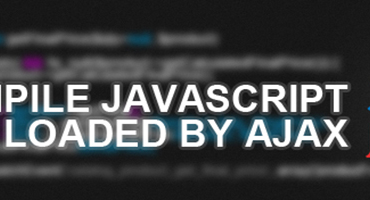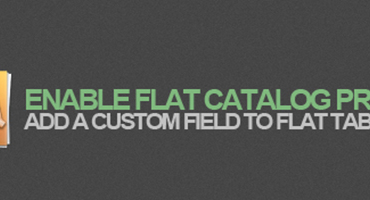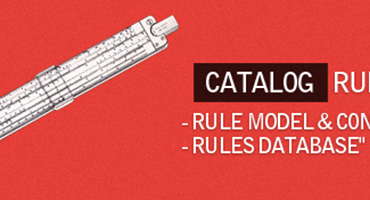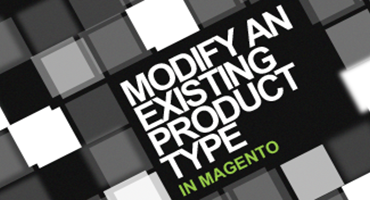Hi everybody. Today I’ll write about layered navigation – the very important part of each e-commerce website. The layered navigation helps your customers easily find products with the attribute(s) that they need. Just follow now if you are interested!
Hi everyone. We know that Javascript is compiled when the browser loads your webpage. However, sometimes you need to compile your script loaded by Ajax, how should you do? If you are in this case, this post may be helpful for you!
As you may know, there are two types of storing a product when loading collection in Magento: EAV and Flat. The Flat has the higher performance than EAV while EAV is more dynamical than Flat.
Hello guys. This tutorial will show you how to create a new product attribute using PHP code. If you are interested, just read it now!
Hello everyone. After discovering how Magento works with categories, I continued to research on Catalog Rules and found them very interesting. Thus I cannot wait any longer to share the useful information with you.
Hi everyone. It’s me again, David. Today I’ll continue to accompany with you in the journey of discovering interesting things about Magento. In this tutorial, we will explore how Magento works with a category which helps customers easily find products that they need.
As we know, price is an important attribute of a product. However, have you known how Magento stores and calculates the price or how to adjust the price of products? In this tutorial, we will solve these issues.








